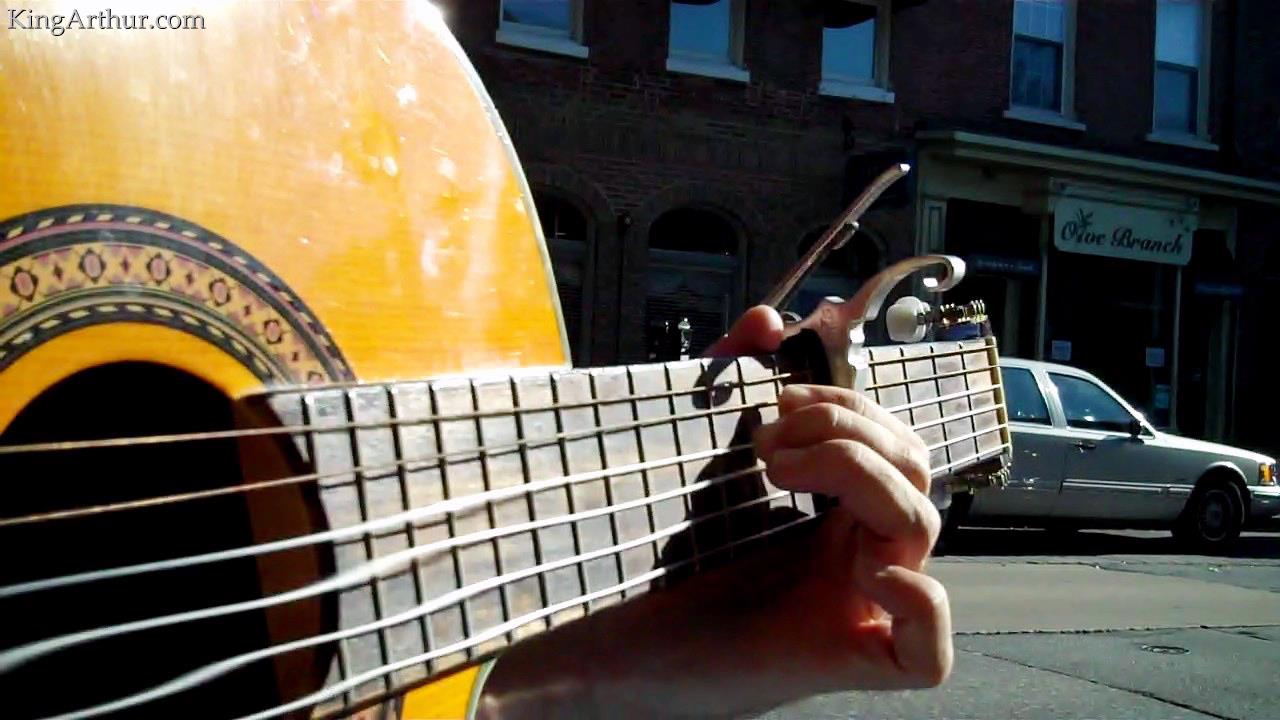LYRICS
Get off the floor
And out the door
Not like before
So much more
Explore
Chorus of chaos
Strings and things
Core us is chaos
Rings and sings
Vibration elevation
Dynamics of harmonics
In the thick
Of music
Get off the floor
And out the door
Not like before
So much more
Explore
Chorus of chaos
Strings and things
Core us is chaos
Rings and sings
Pythagorean harmonies
Grasp comedy from tragedies
Making quarks spark
Out of music
Get off the floor
And out the door
Not like before
So much more
Explore
Chorus of chaos
Strings and things
Core us is chaos
Rings and sings
Extemporaneous
Spontaneous
Impromptu
Through
Me and you
In the thick
Of music
- In-Theory-Part-I.mp3 (unplugged to conserve energy)
- In-Theory-Part-II-ReMix.mp3
- In-Theory-Part-II-Instrumental.mp3
- In-Theory-Casio-WK-3500.MID (also controlled Korg PS60)
- In-Theory-Yamaha-PSR-740.MID (also controlled microKorg and miniNOVA vocorder)
- In-Theory-Yamaha-prequel.MID
Chords: A C C A / C G D A / A E E A; Part II @ 129 Beats Per Minute
Instrumentation: Vocals (TC-Helicon VOICELIVE and MiniNova Vocorder), Ibanez Acoustic Guitar, Fender Squire Mini (Boss Digital Delay), Fender Jazz Bass (Boss Digital Delay), Keyboards (Korg PS60, Casio WK-3500, Yamaha PSR-740, MiniNova, MicroKorg)
ABOUT THE SONG
The song was written and recorded extemporaneously.
The relationships between chaos theory, string theory, and music are a complex and interdisciplinary topic.
-
- Chaos Theory:
- Chaos theory is a branch of mathematics that studies complex systems whose behavior is highly sensitive to initial conditions. It deals with deterministic systems that can exhibit unpredictable, chaotic behavior.
- Chaos theory studies unordered systems. Being in a hurricane is an example of visualizing chaos theory. If you are in the hurricane, the weather appears chaotic; however, if you pull back to a satellite view, you can see a spiraling weather system.
- Some musicians and composers have incorporated chaos theory principles into their compositions, using mathematical algorithms to generate music that exhibits chaotic or unpredictable patterns. This can result in unique and non-traditional musical structures. Similar to a hurricane, some musical compositions sound chaotic when you are in the middle of it; however, when you pull back and listen to the combined elements, a structure can be heard.
- In order to focus on their individual parts, members of bands and orchestras tend to isolate their part in their head. In order to make sense of the combined chaos, engineers, producers, and conductors need to “pull back” and listen to all the parts together.
- Extemporaneous, spontaneous, improvisation, jamming, freestyle, and impromptu music are most closely related to pure chaos. The music and lyrics evolve from the “sensitive initial conditions” similar to “a butterfly flapping its wings in China causing a hurricane in the Atlantic.”
- Chaos Theory:

- String Theory:
- M-theory is a theory of “everything” in physics that attempts to unify the five string theories. The “Theory of Everything” (TOE) is a theoretical framework in physics that aims to explain all fundamental forces and particles in the universe within a single, unified theory. This theory seeks to unify the laws of physics, encompassing both quantum mechanics (which describes the behavior of very small particles) and general relativity (which describes the force of gravity on large scales.)
- String theory aims to explain the fundamental nature of particles and forces in the universe. According to string theory, the basic building blocks of the universe are not point-like particles, as assumed in traditional particle physics, but tiny, one-dimensional “strings.”These strings can vibrate at different frequencies, and the various vibrational modes of these strings correspond to different particles. The idea is that different particles, such as quarks, electrons, and photons, are manifestations of the same fundamental string vibrating in different ways. This unified perspective seeks to provide a consistent and comprehensive description of all fundamental forces and particles in the universe.The vibrational nature of strings is a crucial aspect of string theory. The different vibrational modes give rise to the diverse particles observed in the universe. The mathematical framework of string theory involves describing the dynamics of these vibrating strings and their interactions.
Some scientists and theorists have explored the idea that the vibrational nature of strings could have parallels with the vibrational nature of musical notes. String theory hypothesizes that very small “strings” vibrations produce the observed particles and forces of nature similar to a vibrating guitar string and heard in Pythagorean harmonies. If you view a guitar string in slow motion, it moves in a variety of ways at the same time in a similar fashion as the forces in subatomic particles.
“A piano or violin string can resonate or vibrate with many different shapes of vibration corresponding to different tones. There is basic tone and there are higher overtones. The richness or beauty of music has to do with the different interplay of the harmonics,” explains Edward Witten.
— from The Science of Chaos Theory, String Theory, and Music